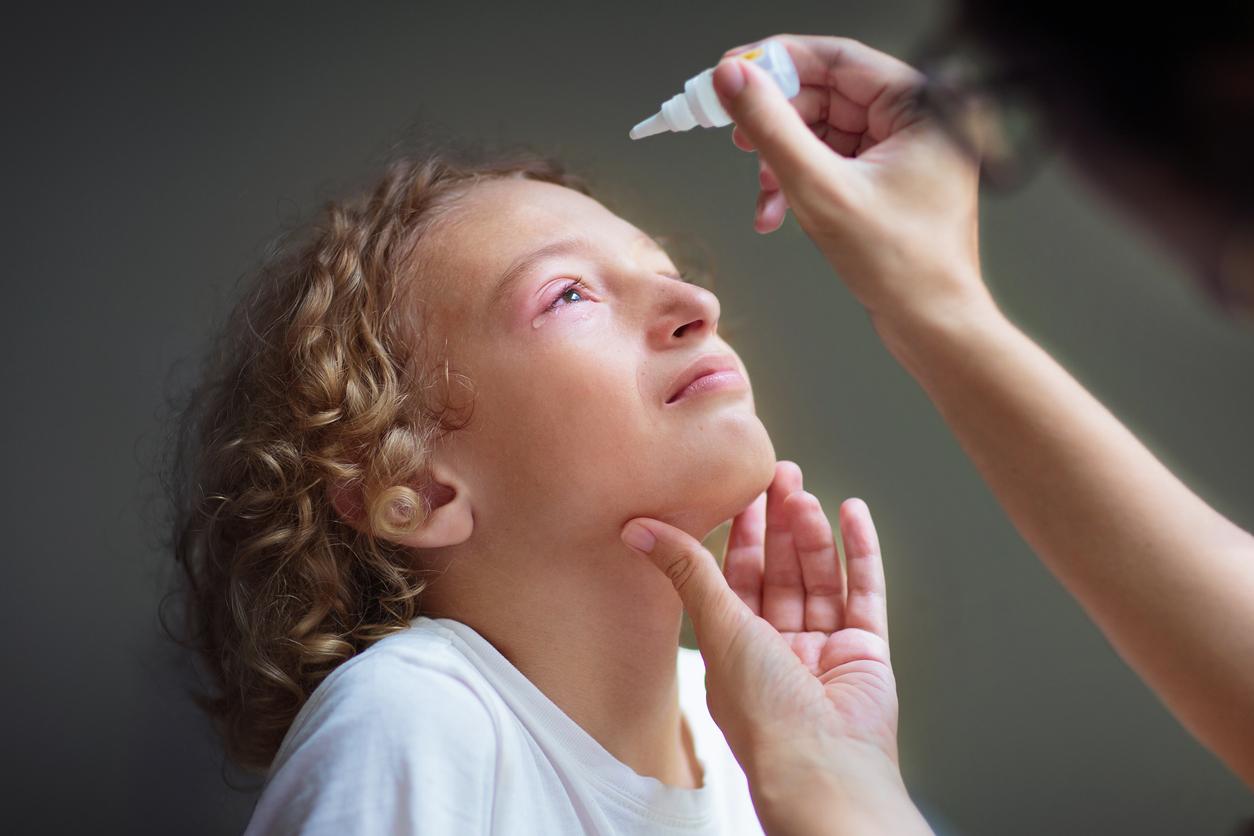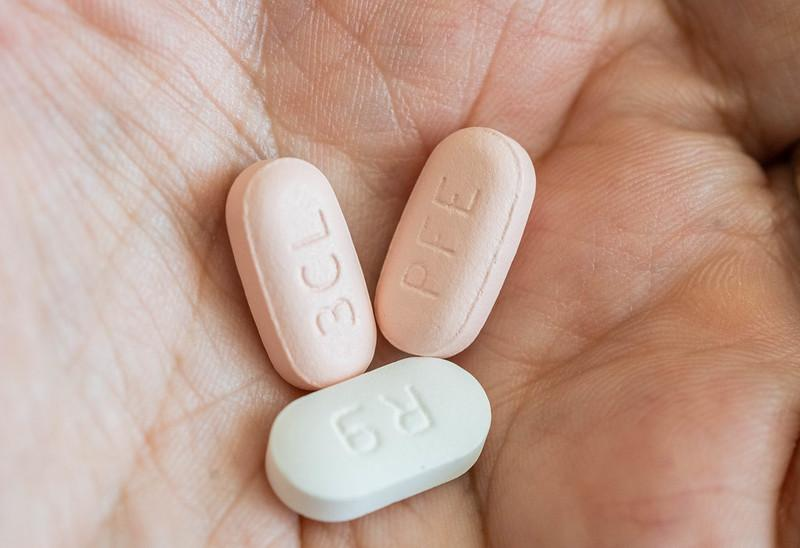Louisiana, Missouri, and Virginia have reported their first measles cases of 2025, according to announcements over the past few days from their respective health departments.
.jpg)
The Louisiana Department of Health, in an April 19 statement, confirmed an infection in an adult in the region that includes New Orleans. The patient is unvaccinated, likely contracted the virus during international travel, and is isolating until no longer infectious.
The state reported three similar cases in 2024, all in the New Orleans area.
Two cases involved children
In Missouri, the health department on April 18 reported a confirmed measles case in a visitor of Taney County in the southwestern part of the state near Branson. The patient is a child whose vaccination status hasn’t been verified and is thought to have been exposed during international travel.
The Missouri Department of Health and Senior Services (DHSS) said the patient was diagnosed soon after arriving in Taney County and that exposure to others is thought to be limited.
Elsewhere, the Virginia Department of Health on April 19 announced the state’s first measles case of the year, which involves a child younger than 4 years old in the northwestern part of the state who recently traveled internationally. Officials reported potential exposures at medical facilities, one in Woodbridge and the other in Fredericksburg.
Though the United States is experiencing multiple outbreaks, including a large one centered in West Texas, states continue to report a small but steady stream of cases linked to international travel, part of a global rise in measles activity.














